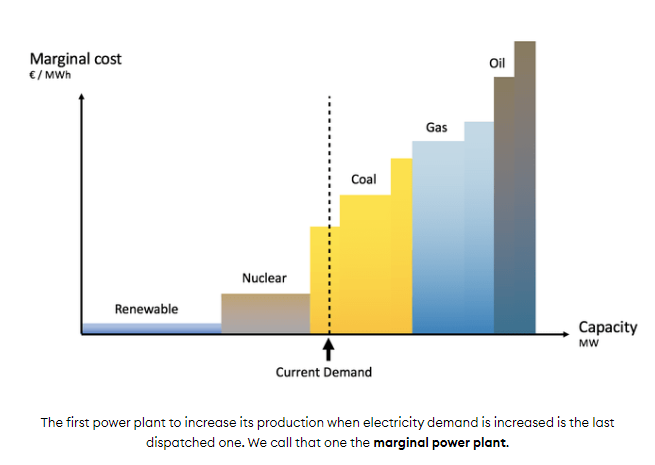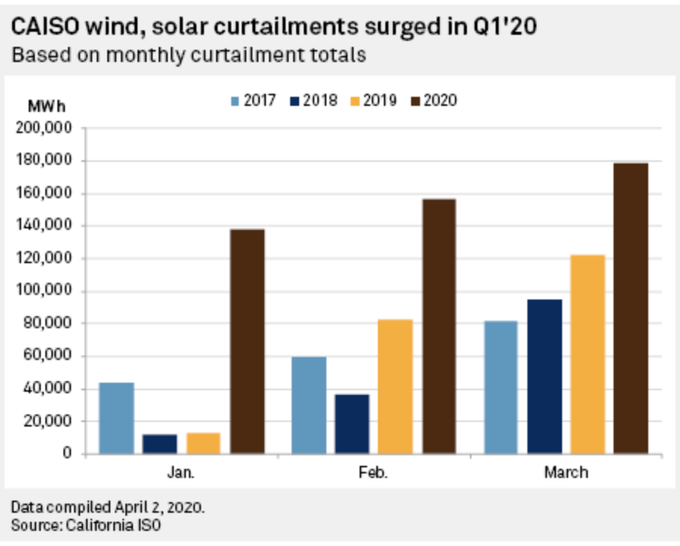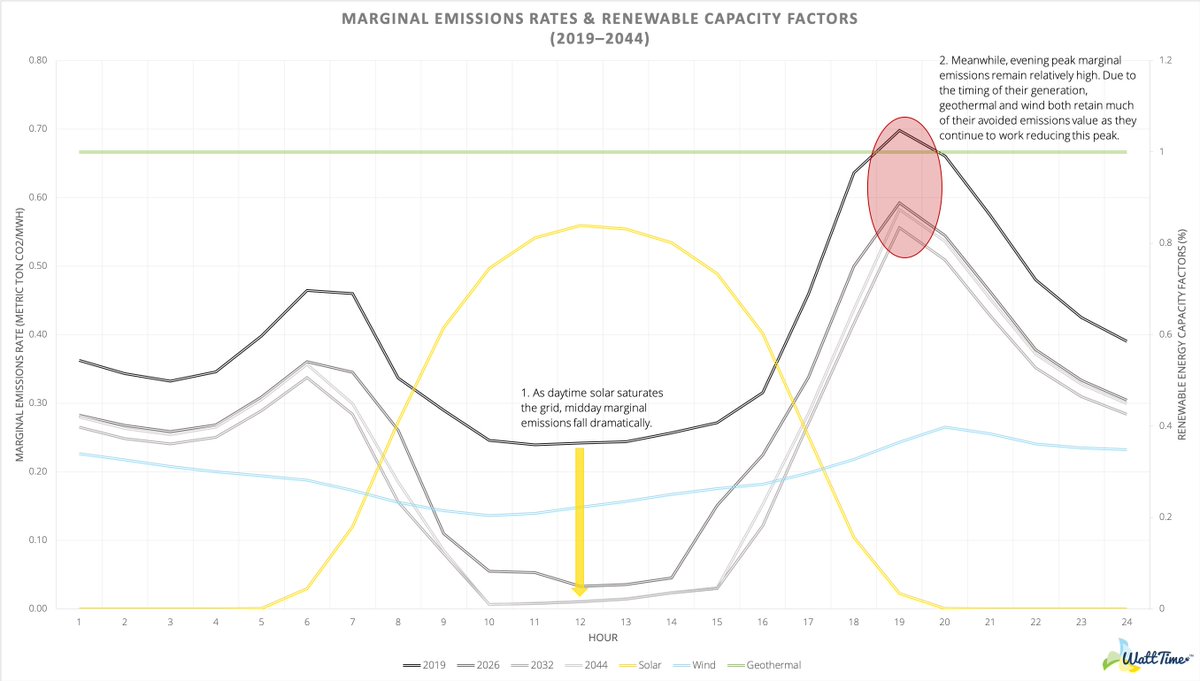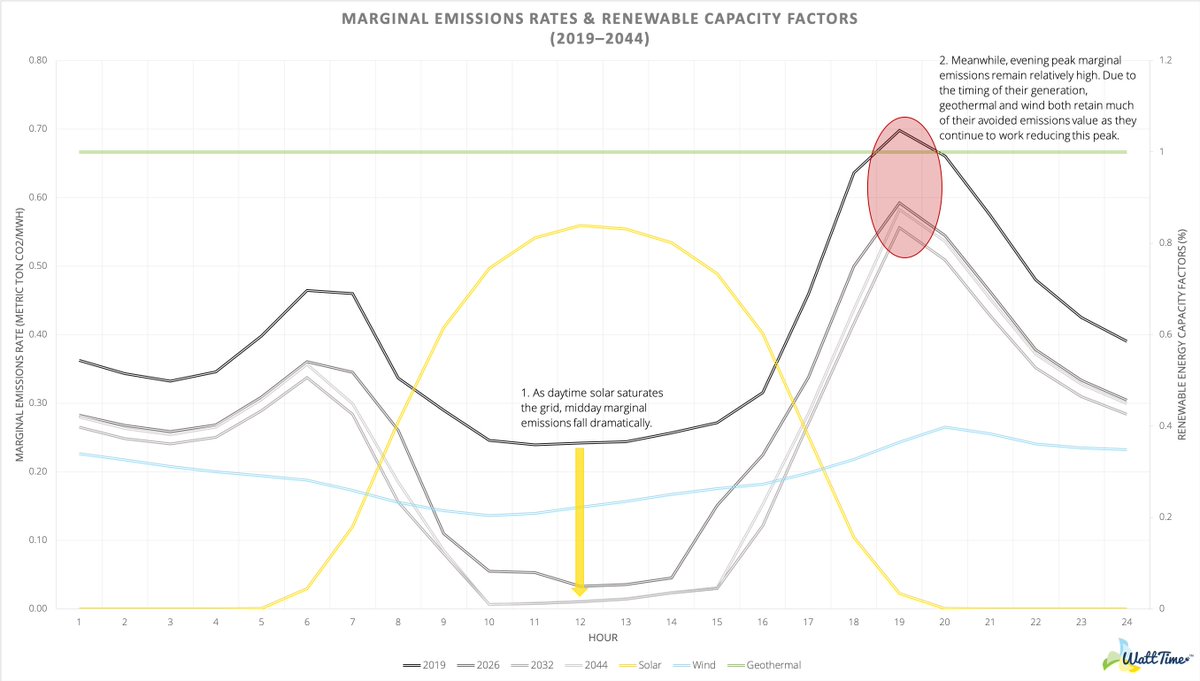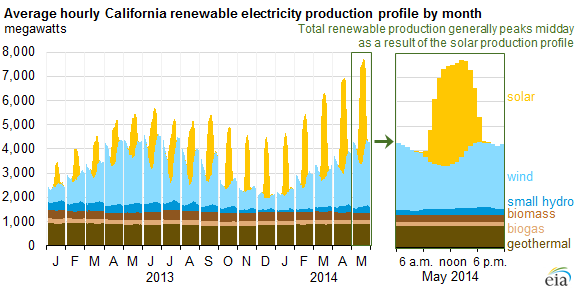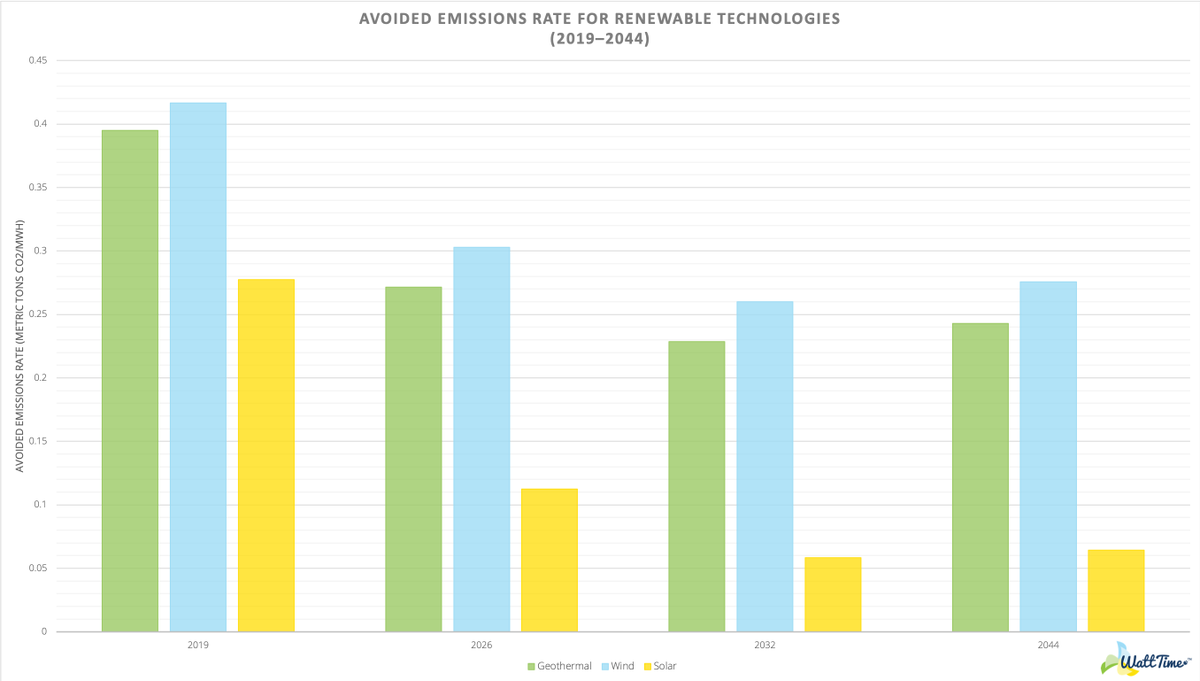1/EMISSIONALITY: A new analysis from @WattTime digs into the growing importance of WHEN renewable energy is produced, not just how much. This has important decarbonization implications, so, a THREAD.
https://www.watttime.org/news/when-renewables-produce-electricity-will-become-increasingly-important-for-how-much-carbon-emissions-they-displace/">https://www.watttime.org/news/when...
https://www.watttime.org/news/when-renewables-produce-electricity-will-become-increasingly-important-for-how-much-carbon-emissions-they-displace/">https://www.watttime.org/news/when...
2/First a quick review of average vs. marginal emissions. If you’ve ever read a headline that says “equal to taking XXX cars off the road…” they were probably using average emissions, which simplifies emissions by averaging them across all power generation.
3/But in practice grids are far more complicated, and all plants don’t ramp up and down as load changes. Rather *specific* plants, at the “margin”, ramp up to meet new output. Good explainer here from @corradio:
https://www.tmrow.com/blog/marginal-emissions-what-they-are-and-when-to-use-them">https://www.tmrow.com/blog/marg...
https://www.tmrow.com/blog/marginal-emissions-what-they-are-and-when-to-use-them">https://www.tmrow.com/blog/marg...
4/As a result, if you want to know the emission impact of adding a new clean resource to the grid, you have to understand what the marginal generation is. Because fossil plants have expensive fuel costs, they are usually that marginal source.
5/So new renewable energy can displace the marginal fossil generation directly. Good news! Emissions impact for renewable energy can be much higher than the average emissions and have bigger impact.
6/But the grid is changing fast. The @WattTime analysis focused on California, where there is now enough solar on the grid that there is an increasing amount of solar curtailment. Curtailment is currently small, but growing: (h/t @benserrurier)
#security/login?target=news/article?id=57866353&KeyProductLinkType=2">https://platform.mi.spglobal.com/web/client?auth=inherit #security/login?target=news/article?id=57866353&KeyProductLinkType=2">https://platform.mi.spglobal.com/web/clien...
#security/login?target=news/article?id=57866353&KeyProductLinkType=2">https://platform.mi.spglobal.com/web/client?auth=inherit #security/login?target=news/article?id=57866353&KeyProductLinkType=2">https://platform.mi.spglobal.com/web/clien...
7/Renewable curtailment is often seen as an economic issue, but it also changes emissionality. @WattTime takes a look here at marginal emissions in CAISO over time, overlaid with generation profiles for wind, solar, and geothermal.
8/By 2026, solar has grown so much that marginal emissions in CA drop close to zero during the day. The grid at noon is already almost completely clean. However, marginal emissions remain high in the evening and night, even out to 2044.
9/As the marginal emission curve shifts, wind, solar and geothermal are impacted in different ways. Geothermal is always-on, while CA wind is actually evening peaking, so the emissionality changes are quite different.
10/Avoided Emissions Rate for solar is impacted the most, each MWh avoiding 60% CO2 less in 2026 and 80% less in 2032 compared to today’s values. By contrast, wind and geothermal load profiles have more staying power.
11/We need to be taking actions now if we want to ensure continued decarbonization of the electric grid through the next decade. First, this highlights the need for Time of Use analysis on marginal emissions.
12/This also highlights the need for new resources. Storage isn’t a tomorrow problem, it’s a now problem. And diversifying renewable supply with more wind and geothermal can help clean up those dirty evening and nighttime hours. Good conclusion from @WattTime below. END

 Read on Twitter
Read on Twitter